
Where We Be
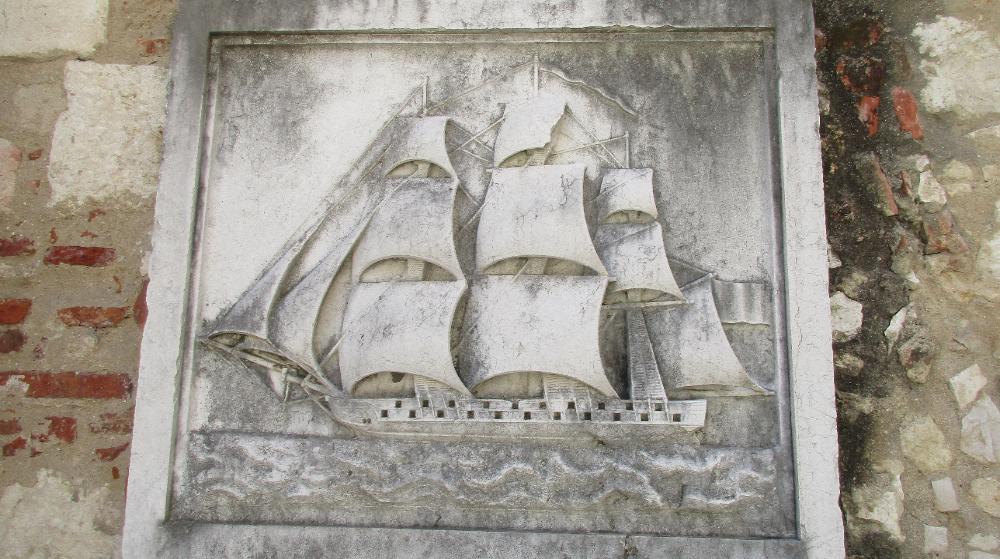
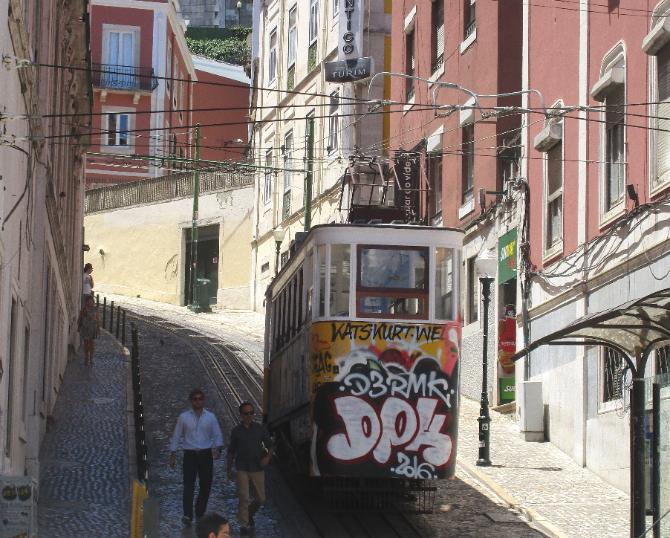
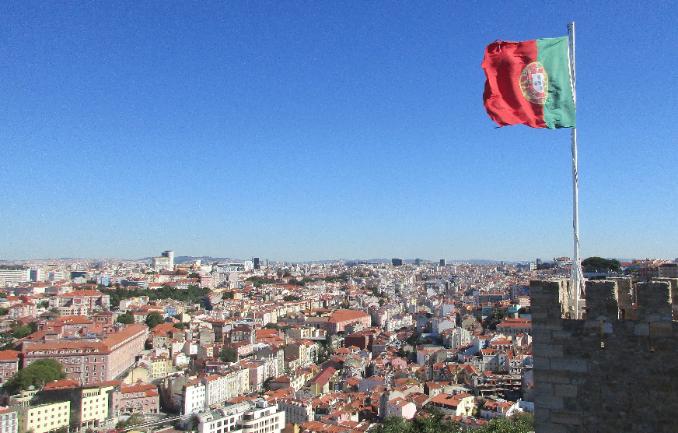
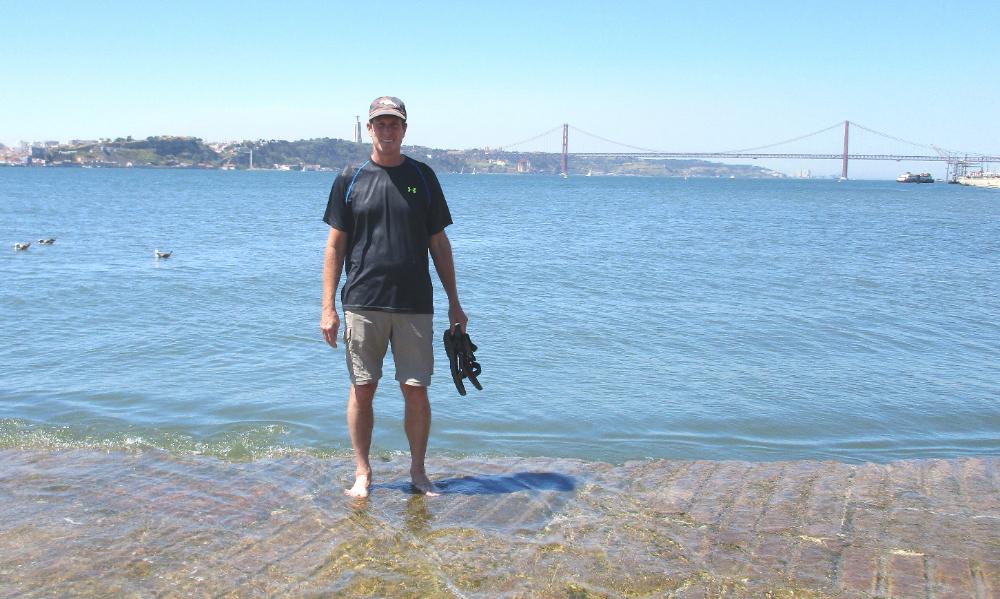
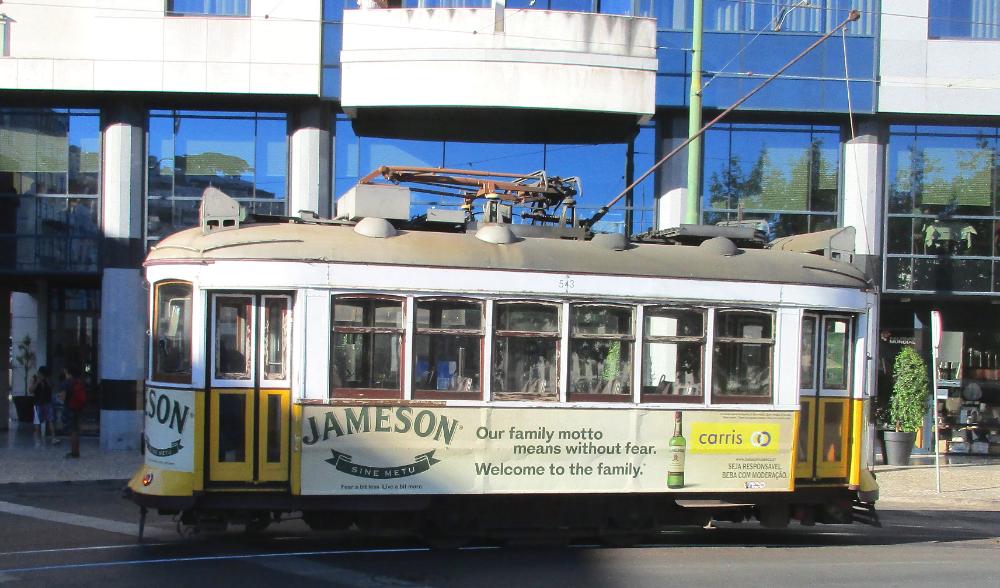
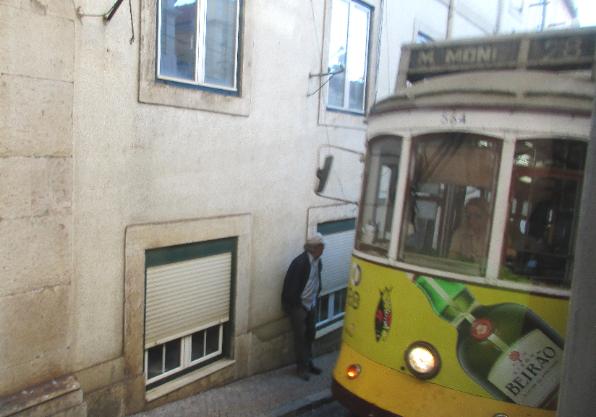
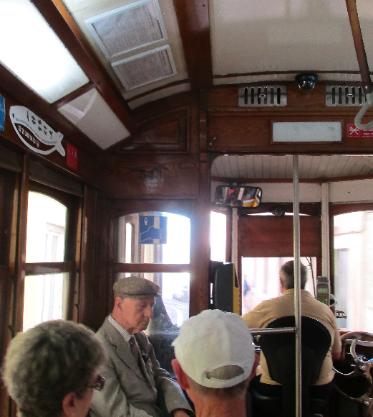
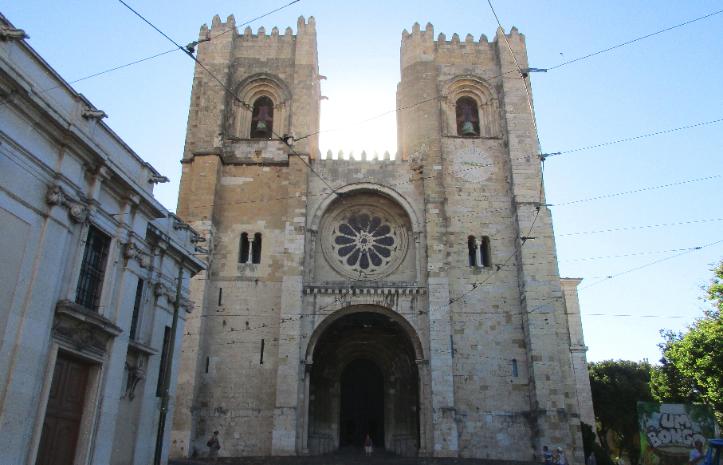
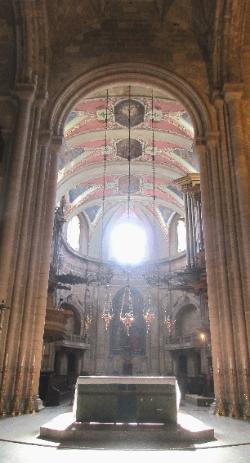
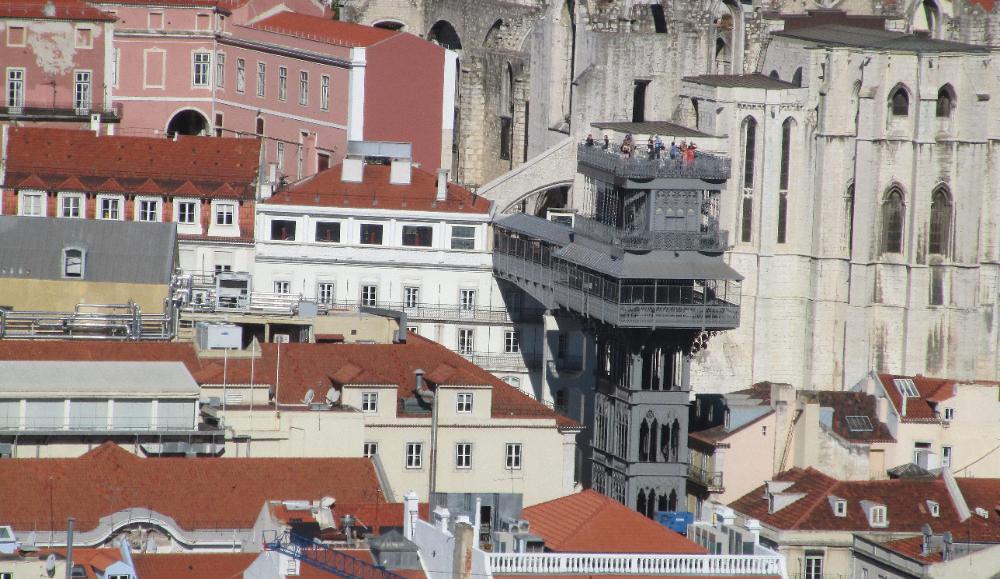
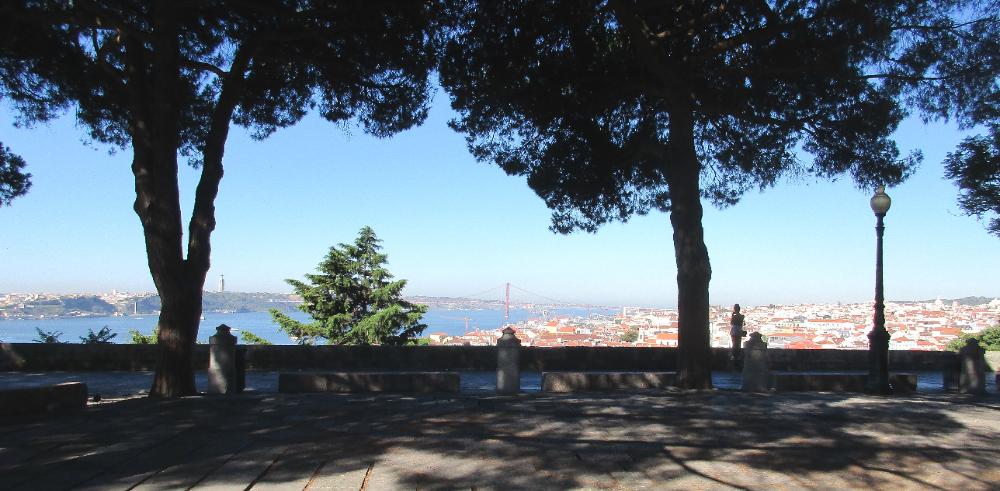
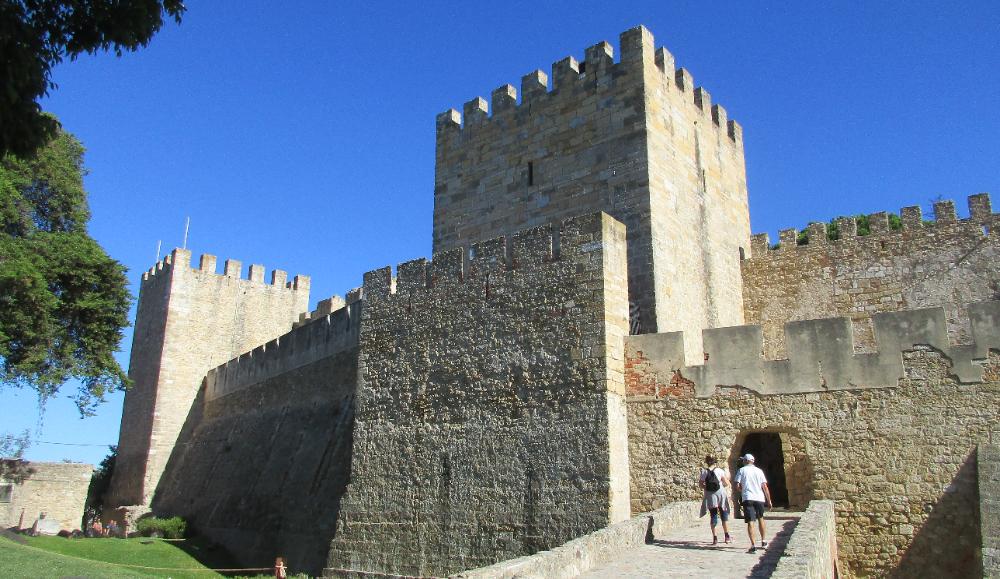
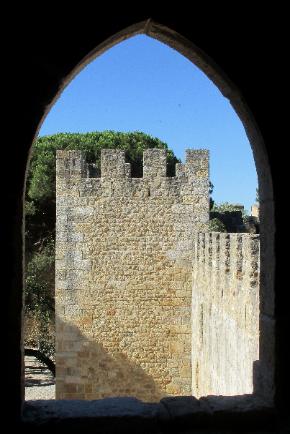
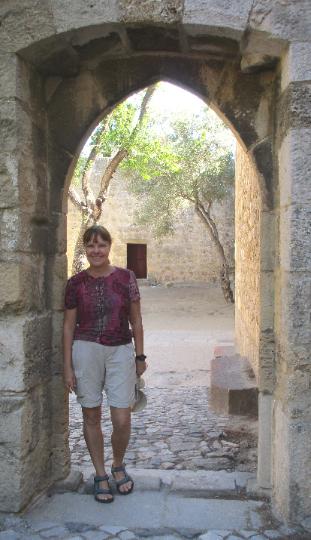
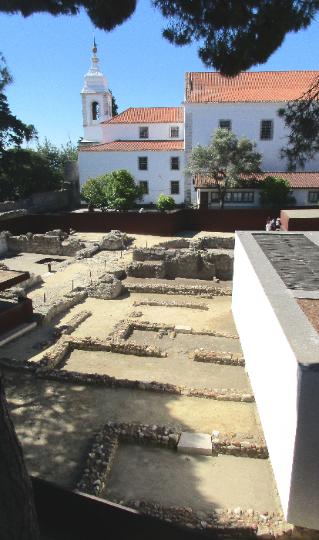
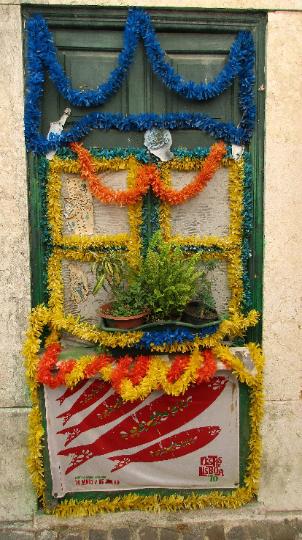
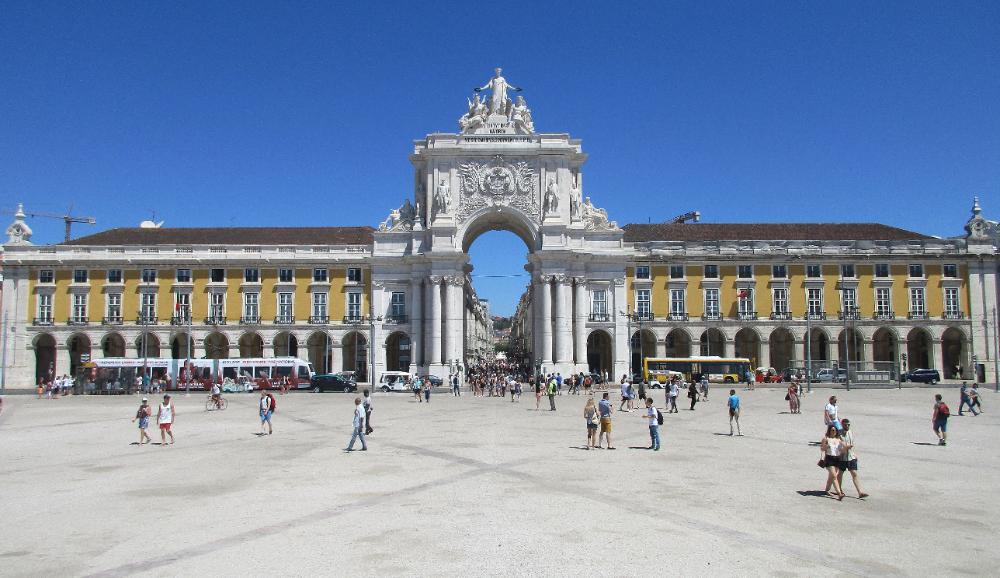
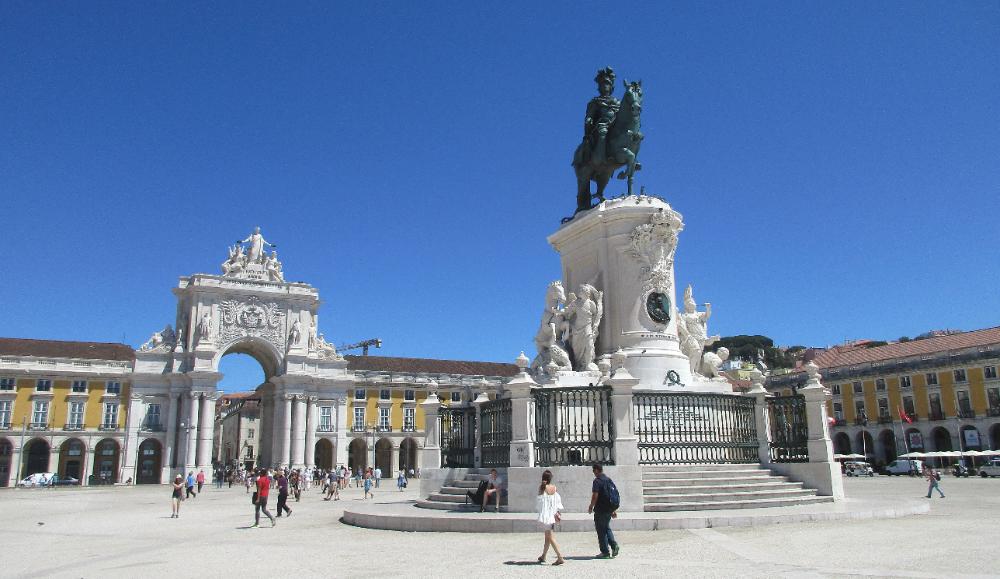
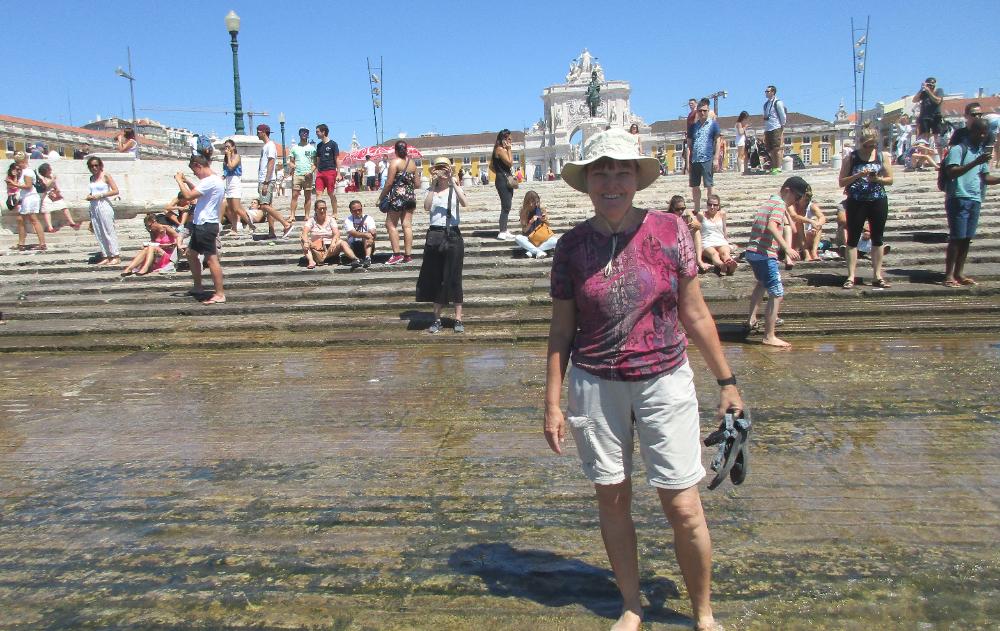
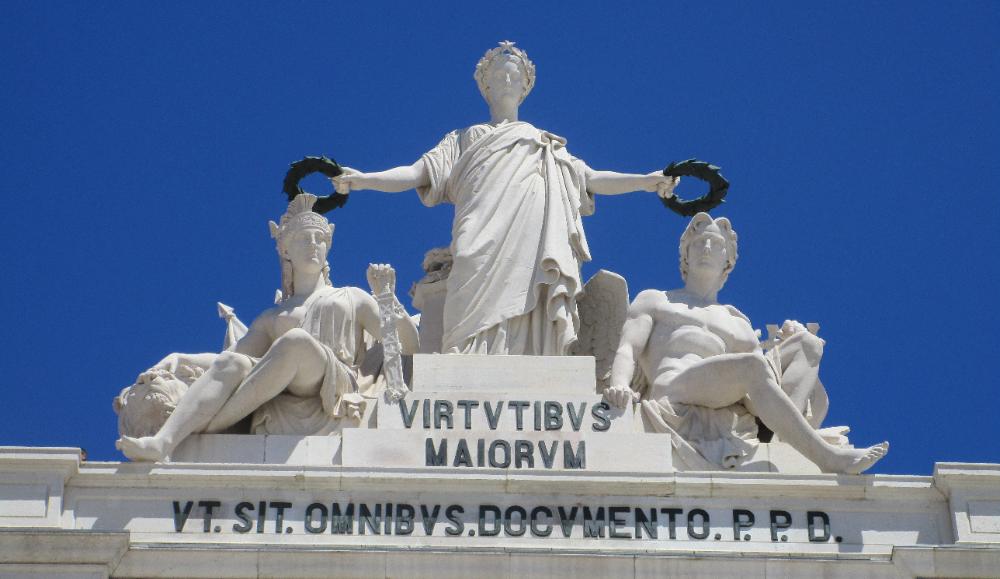
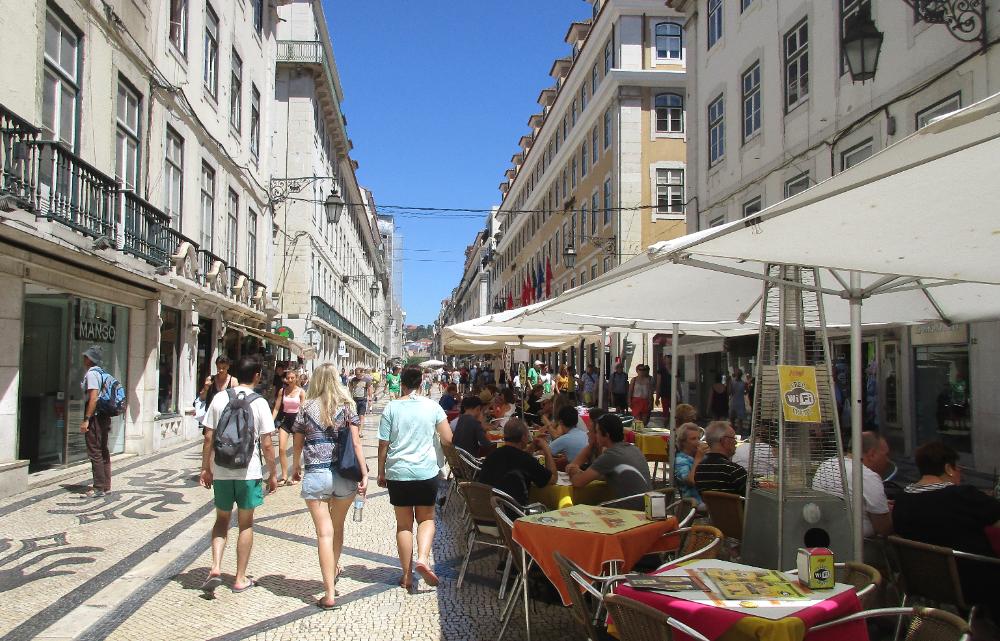
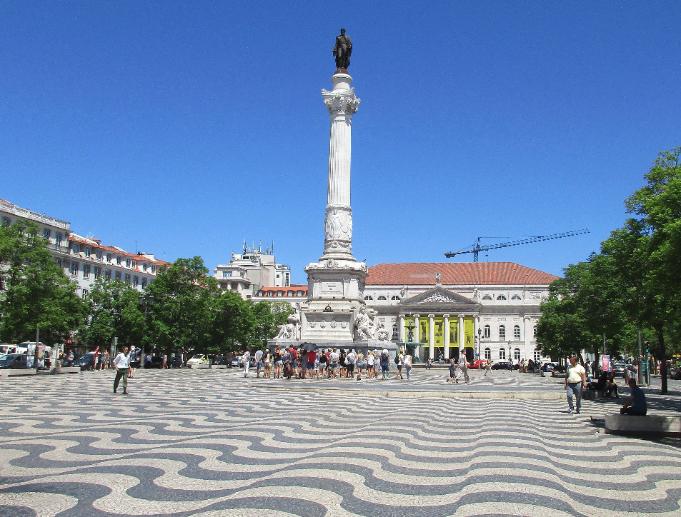
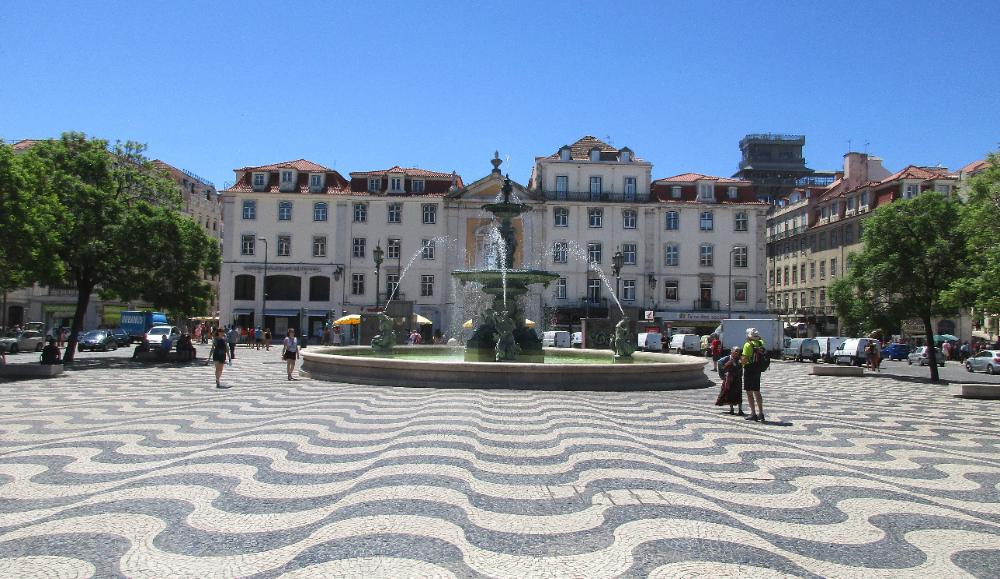
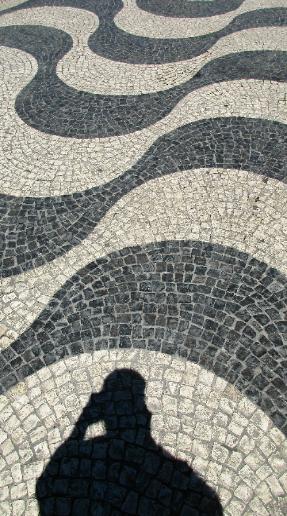
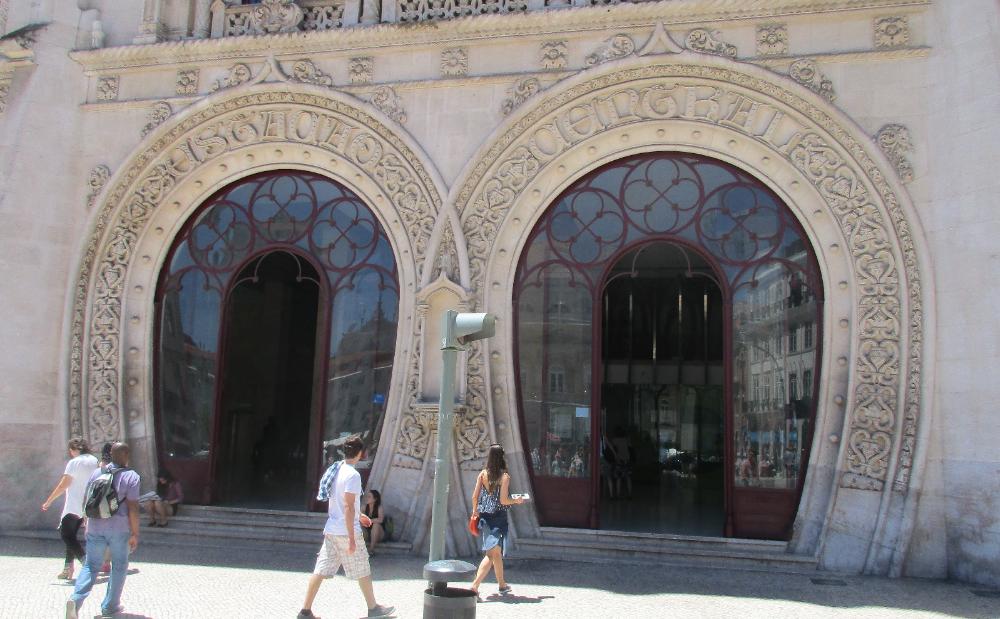
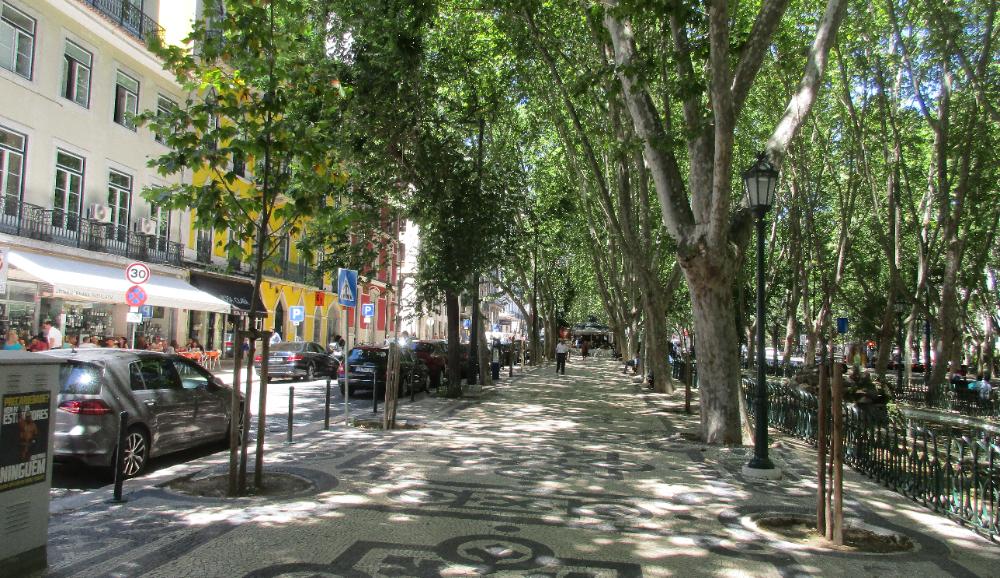
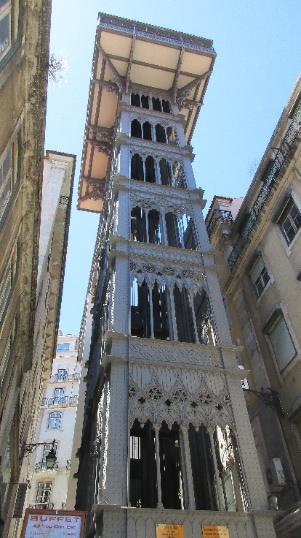
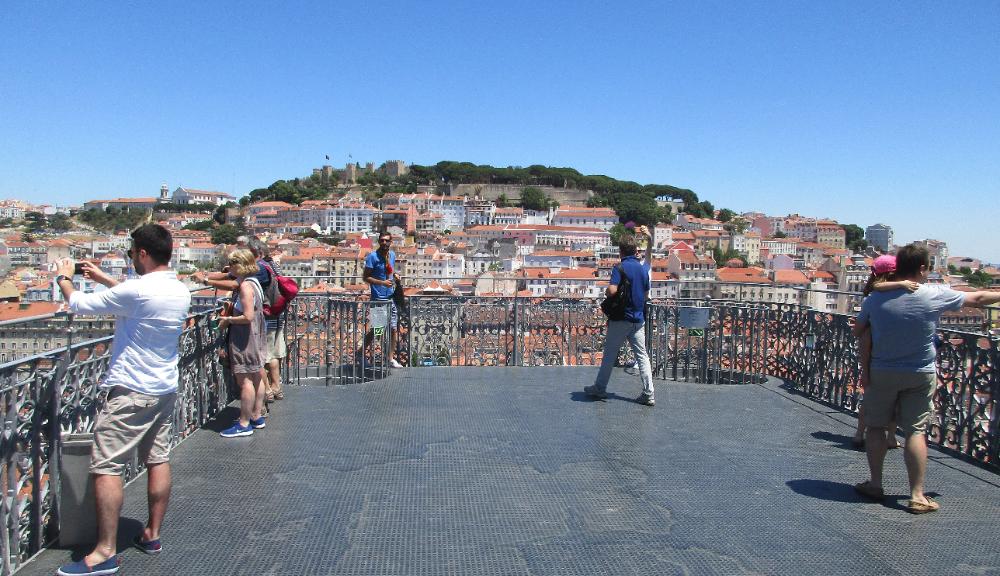
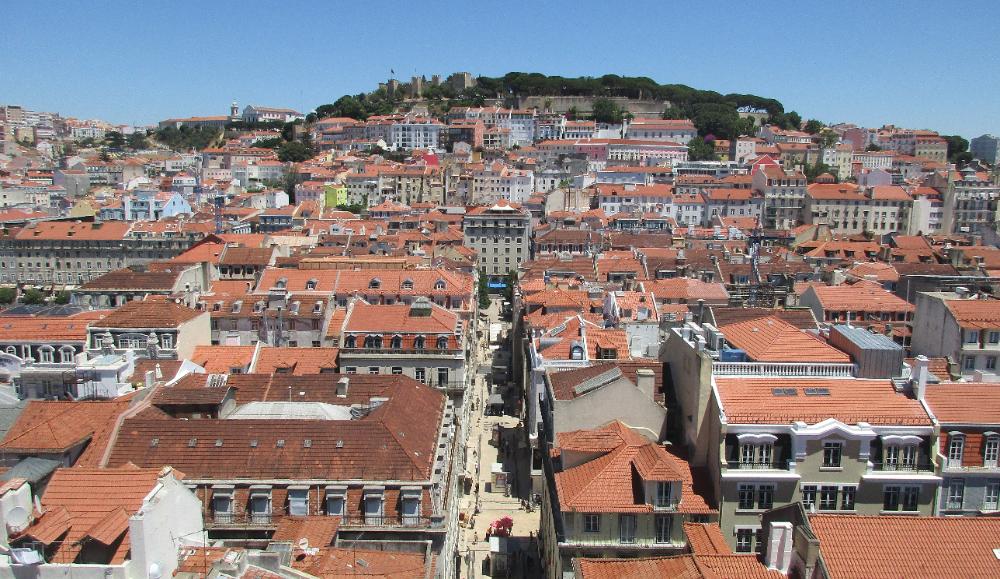
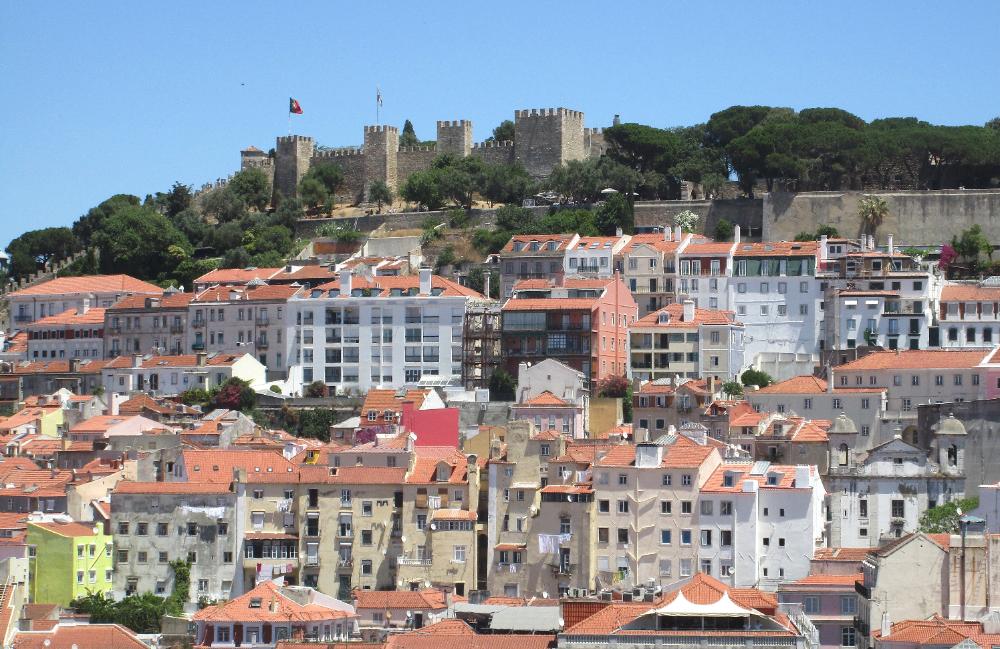
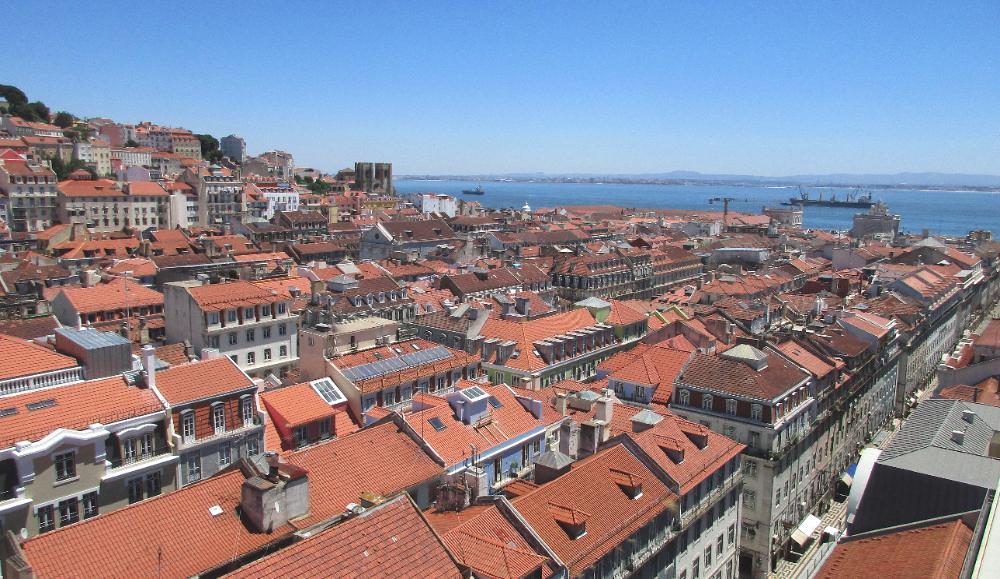
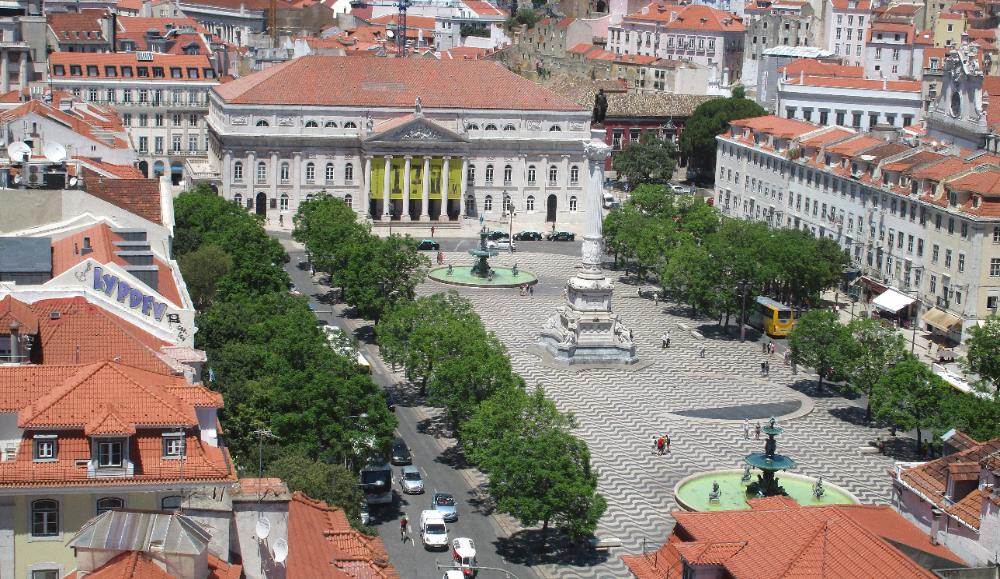
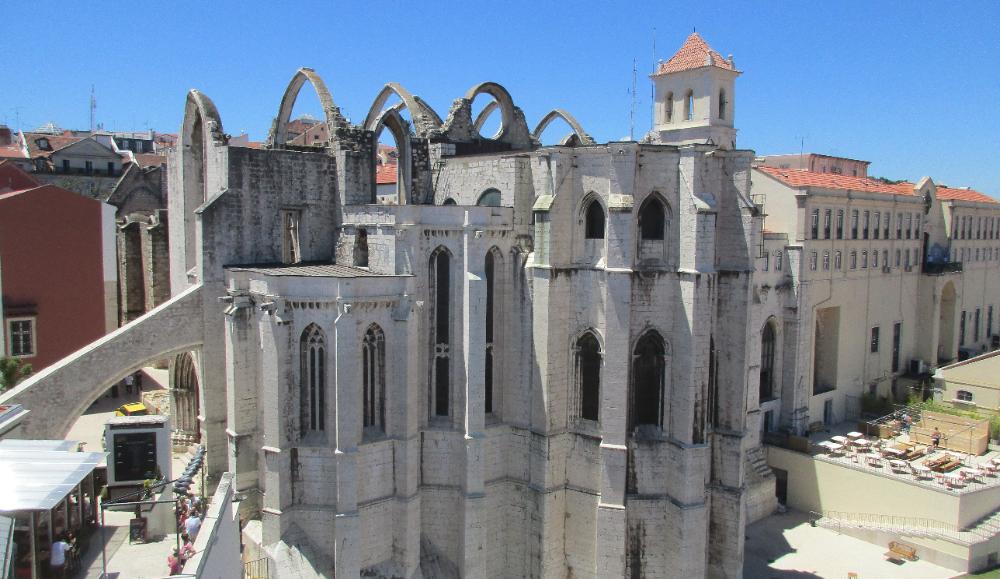
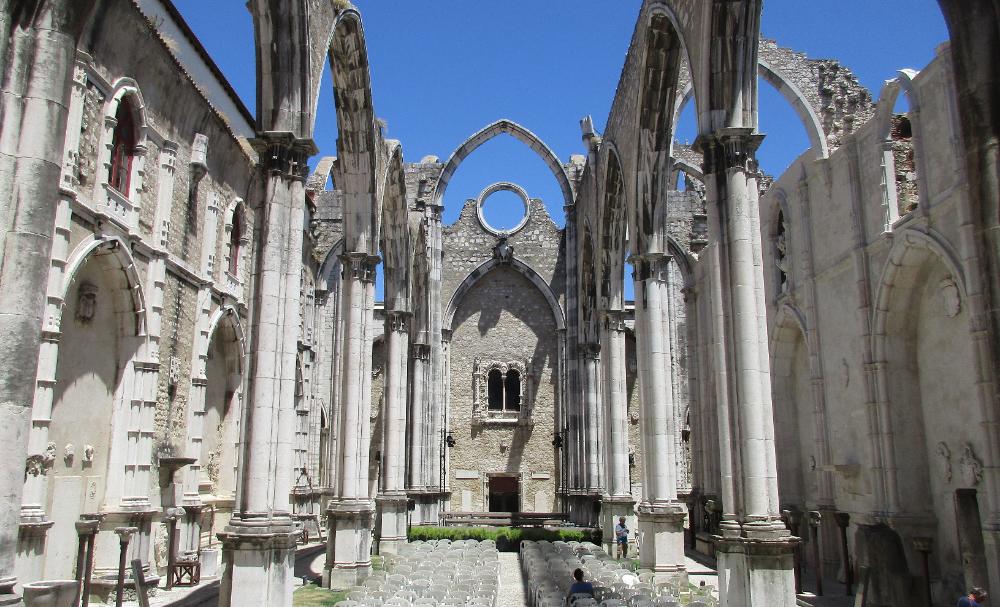
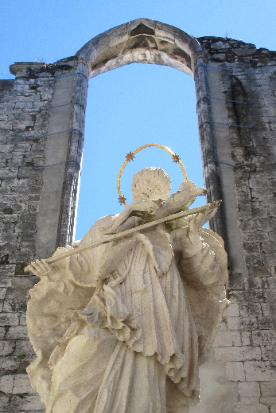
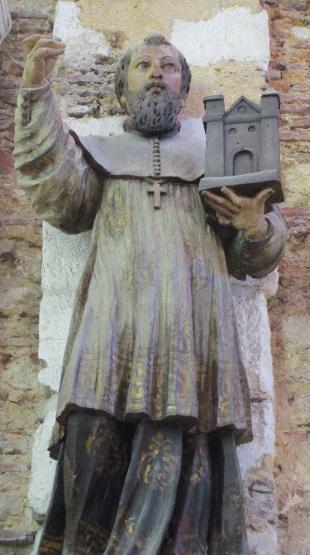
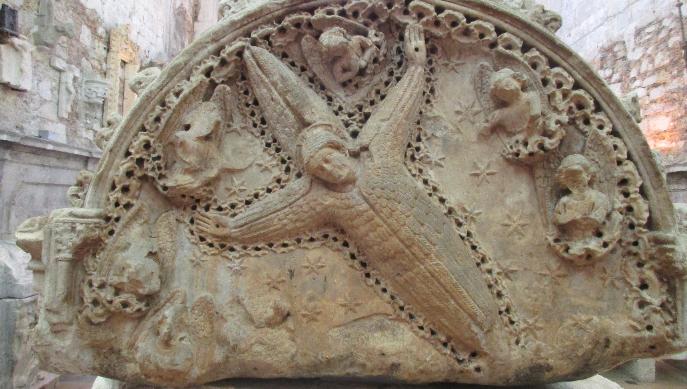
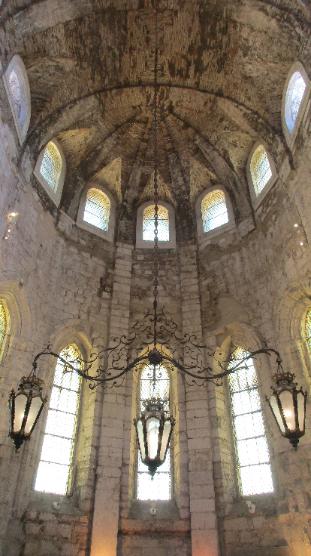
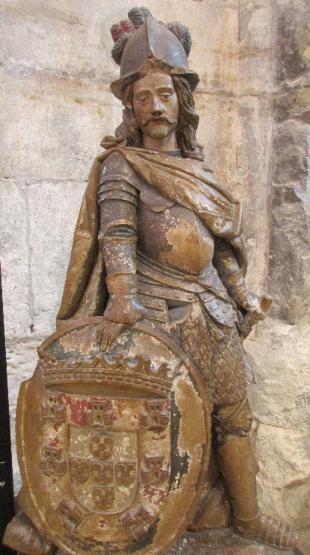
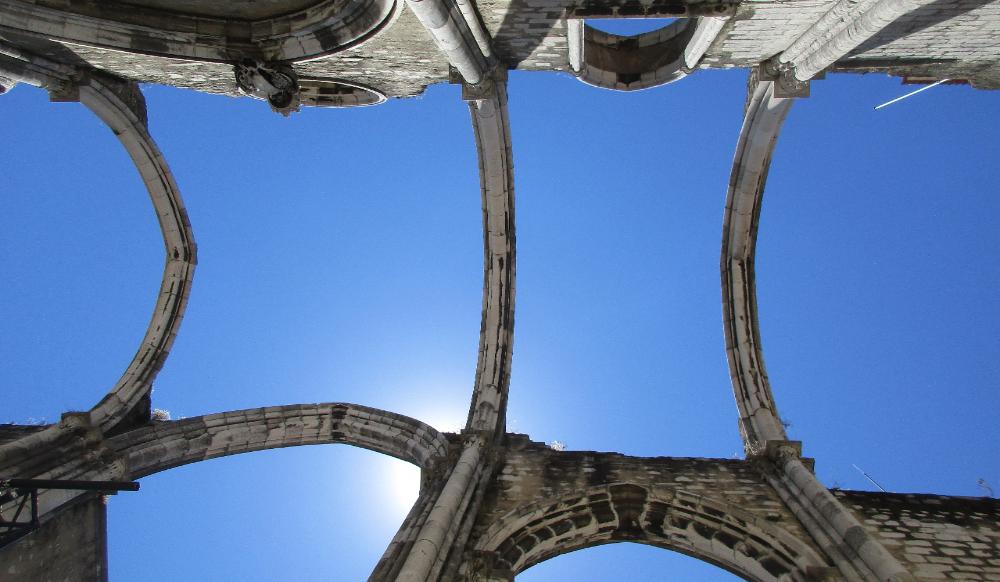
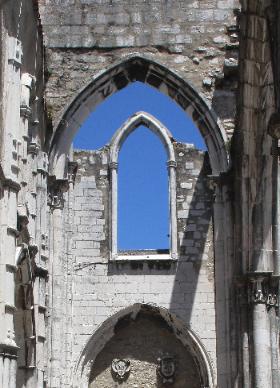
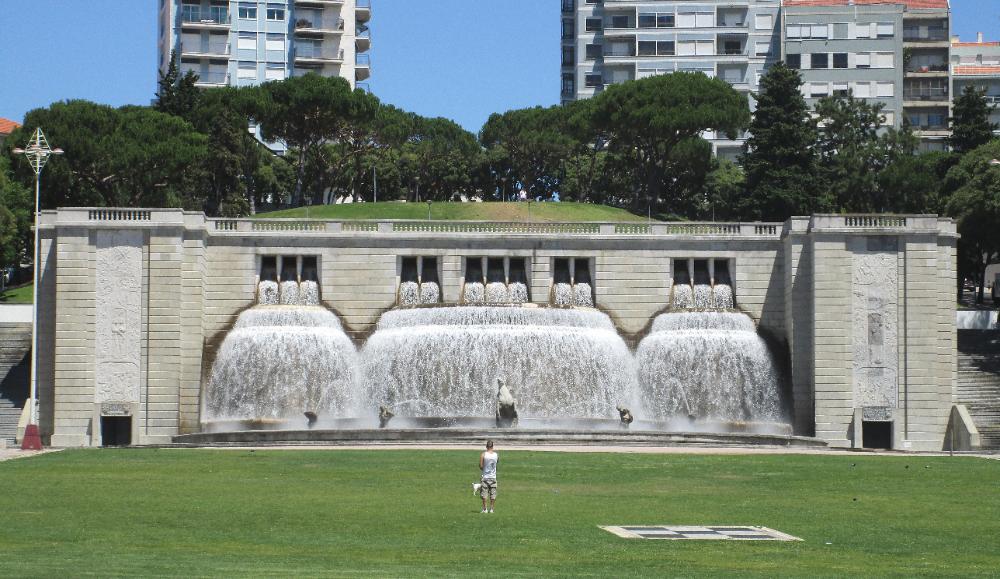
| Lisbon, Portugal |
We toured Lisbon in one long day, using our
Lisboa Card day passes (€6 each) so we could
take all manner of subway, bus, and tram
through the city at no additional cost (including
our metro ride to the airport the next morning).
We both enjoyed taking a ride on the popular
Tram #28 with its yellow Jameson whisky ads on
the outside and wooden paneling on the inside.
The tram took us through the steep Alfama
district, at times barely fitting through the
narrow, winding streets; three or four times the
conductor had to ring the bell loudly until locals
rushed out to move their illegally parked cars
so we could get by. We were glad to get an 8:30
a.m. start before the tram got too crowded.
Another highlight was the Castle of St. George
(€8.50), which sits at the top of the highest hill
in Lisbon. The commanding views of the Tagus
River and the red rooftops of Lisbon are terrific
from here. The imposing castle was originally
built by the Moors in the 10th century.
Lisboa Card day passes (€6 each) so we could
take all manner of subway, bus, and tram
through the city at no additional cost (including
our metro ride to the airport the next morning).
We both enjoyed taking a ride on the popular
Tram #28 with its yellow Jameson whisky ads on
the outside and wooden paneling on the inside.
The tram took us through the steep Alfama
district, at times barely fitting through the
narrow, winding streets; three or four times the
conductor had to ring the bell loudly until locals
rushed out to move their illegally parked cars
so we could get by. We were glad to get an 8:30
a.m. start before the tram got too crowded.
Another highlight was the Castle of St. George
(€8.50), which sits at the top of the highest hill
in Lisbon. The commanding views of the Tagus
River and the red rooftops of Lisbon are terrific
from here. The imposing castle was originally
built by the Moors in the 10th century.
| Prepare for great views of Lisbon's red rooftops and the Tagus River from the Castle of St. George |
| One reason for its popularity is its commanding hilltop overlook of the city. We climbed all over the castle walls, keep, and fortifications. |
| Fortifications go back to pre-Roman times (e.g., 6th century BC), as this archaeological dig proves |
| We made our way to Praca do Comercio, a wide plaza right on the banks of the Tagus River. Here is a huge Triumphal Arch. |
| There's also an equestrian statue right in the center of the square |
| Best of all there's a ramp leading down into the river where you can take off your shoes and soak your toes on a hot day |
| Just to my left in the distance is a copy of the Christ the Redeemer statue from Rio de Janeiro, known here as Cristo Rey. To my right is the 25 de Abril suspension bridge. |
| We passed directly beneath the triumphal arch (Arco da Rua Augusta) |
| This ship sculpture is a reminder of Portugal's glory days when it was a global maritime power in the 15th and 16th centuries |
| We followed the pedestrian-only Rua Augusta past numerous shops, outdoor cafes, and street entertainers. As you can see, the streets are straight and flat in the Baixa district. |
| Eventually we arrived at Rossio Square with its sinuous black-and-white tiles and tall statue of King Pedro IV |
| There's also a lovely fountain on Rossio Square, where you can splash some cool water on your face on a typically hot day here in the capital |
| The entrance doors of Rossio Train Station are quite beautiful, don't you think? |
| By now it was 1 pm and really hot. We made our way to Av. de Liberdade, Lisbon's premier shopping street, which is wide and tree-covered. The shade provided some welcome relief. |
| We backtracked a bit to get to the Elevator of Santa Justa. On the way we passed this graffiti-covered tram navigating one of Lisbon's many steep streets. |
| Santa Justa is basically an elevator that takes you to the top of a viewing platform. It has become a popular tourist attraction since it was built in 1902. The initial ride up was free with our Lisboa day pass but we paid a bit extra to get to the topmost platform. |
| From here the views of the city are outstanding. That's the Castle of Saint George (Sao Jorge) in the distance. |
| Here's a zoomed-in view of the castle |
| You can also see the Tagus River over the red rooftop cityscape |
| Down below is Rossio Square with its wavy lines. The height differential between the lower Baixa district and the higher Chiado district is why the elevator comes in so handy. |
| Getting off the elevator, the first thing you see is the Carmo Convent. The medieval convent and church were heavily damaged in the disastrous 1755 Lisbon earthquake. |
| The church was purposely left in ruins to remind visitors of the terrible devastation of the quake |
| Inside the church is an archaeological museum with some interesting statues and tombs |
| A subway ride to Martim Moniz brought us to Tram #28 with its distinctive yellow Jameson whisky ads. We boarded for the popular ride through the Alfama district. |
| Here you can see the ribs of the church left open to the sky |
| Sometimes the tram barely fit through the narrow streets |
| Some of the archaeological finds were excavated from a fortress near Azambuja (dating from 3500 to 1500 BC), and others from a series of royal Gothic tombs |
| We disembarked at Se Cathedral (aka Santa Maria Maior) and spent a short time checking it out. Built in the 12th century, it looks like Notre Dame on the outside. |
| The ruined convent was our last stop of the day. We briefly walked through the Chiado district on our way to the metro. This lovely fountain is located near the Alameda metro stop close to our lodging. |
| We hiked uphill through the hilly Alfama district to the Castle of St. George. A big terrace at the base of the castle offers some of the best city views. |
| From the terrace we could see the Elevator of Santa Justa, an iron contraption with a platform on top that is the other great place to go for panoramic views of the city |
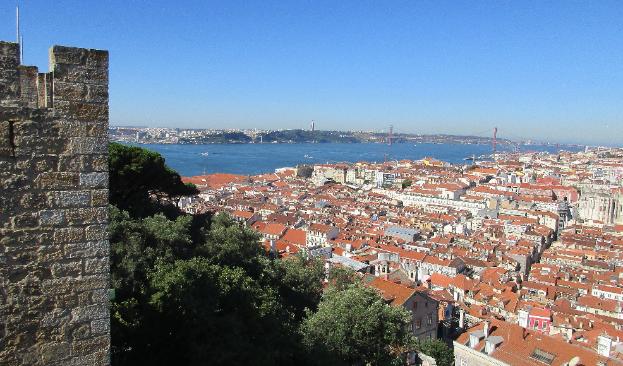
| We entered the strongly fortified citadel, built in the 10th century by the Moors. Today it's one of Lisbon's top attractions. |
| The wooden interiors felt very retro |
| Robin loves her medieval castles so we climbed every parapet and tower |
| We walked downhill through the Alfama district until we reached flat ground again |